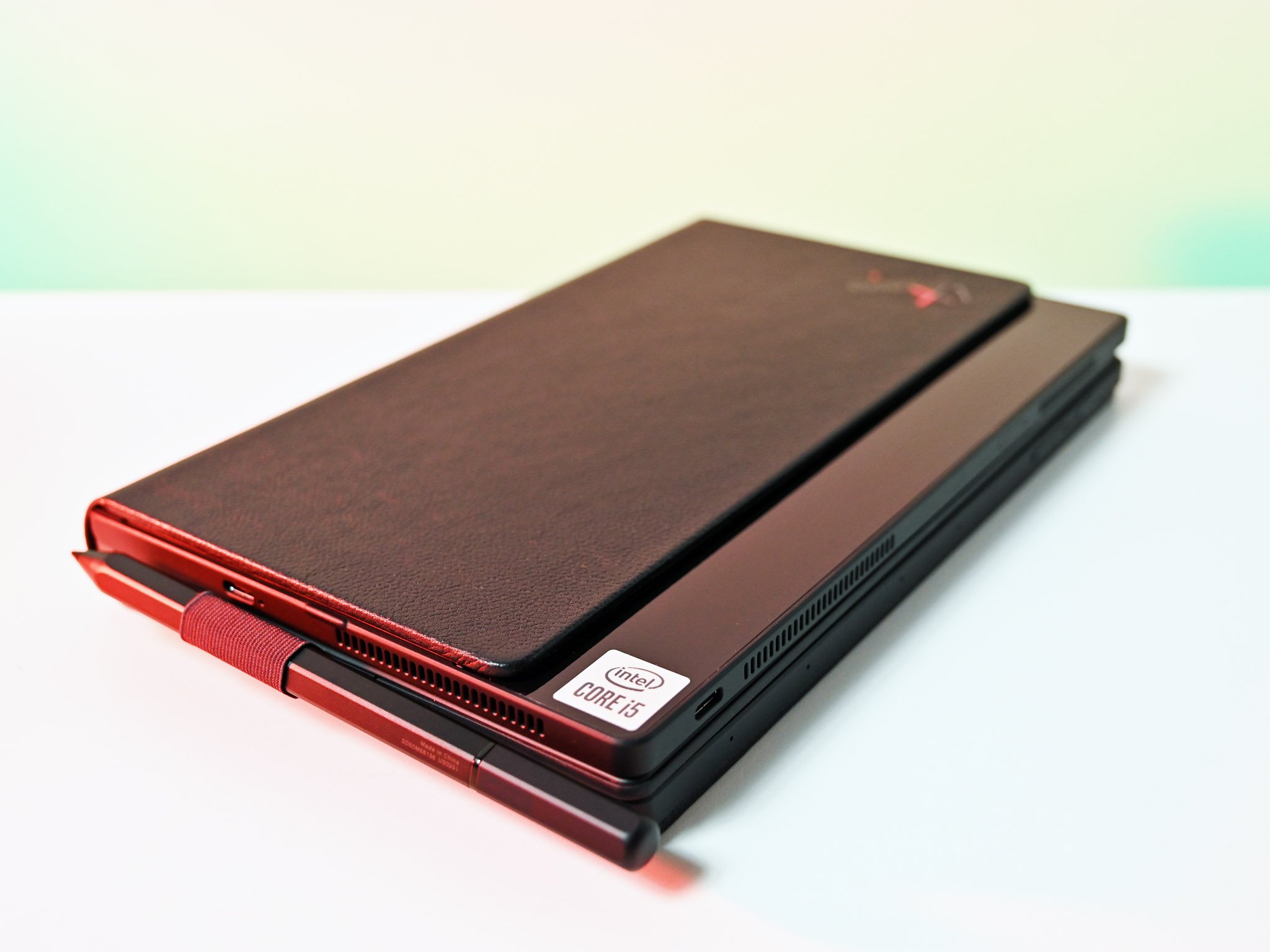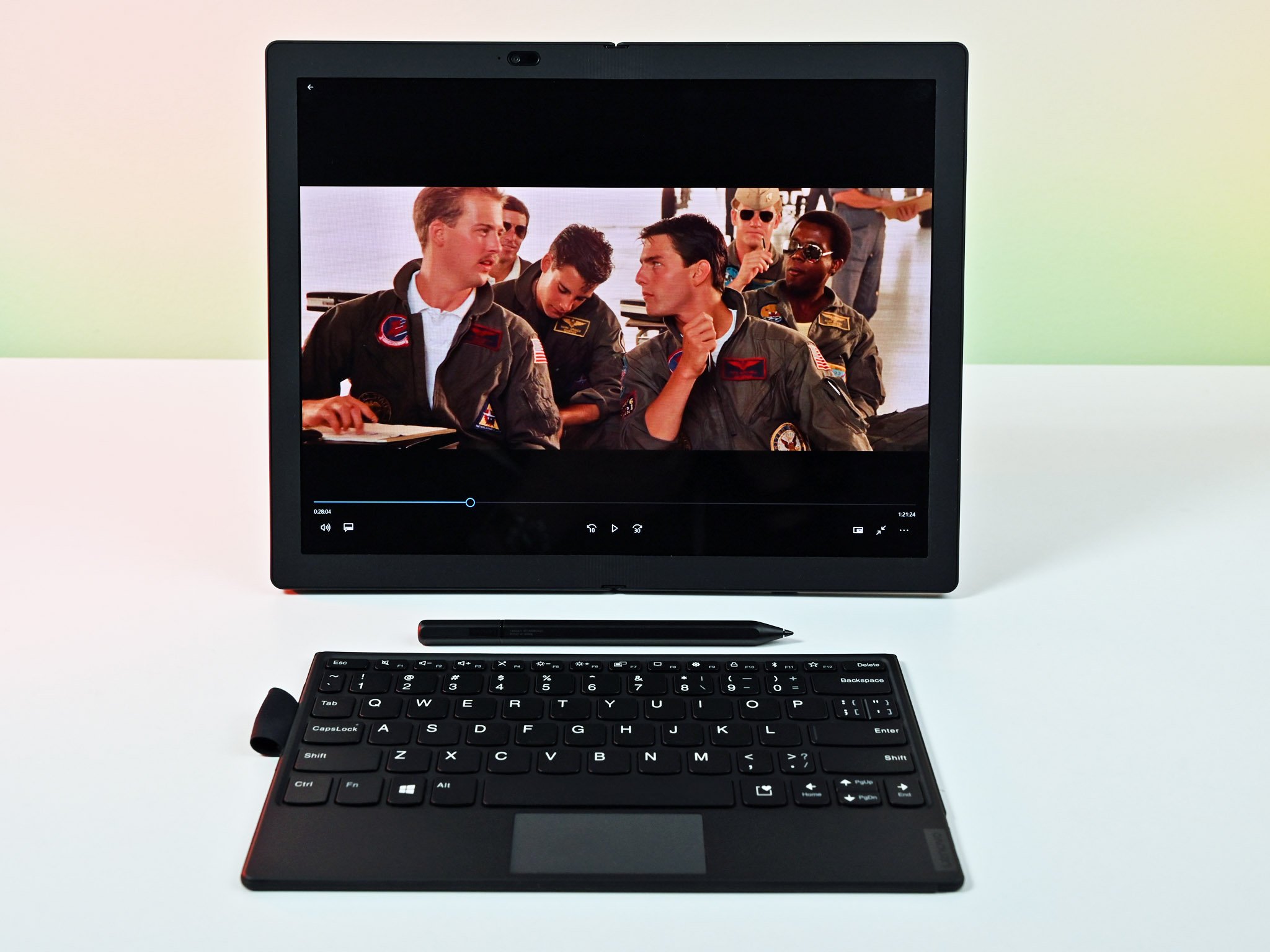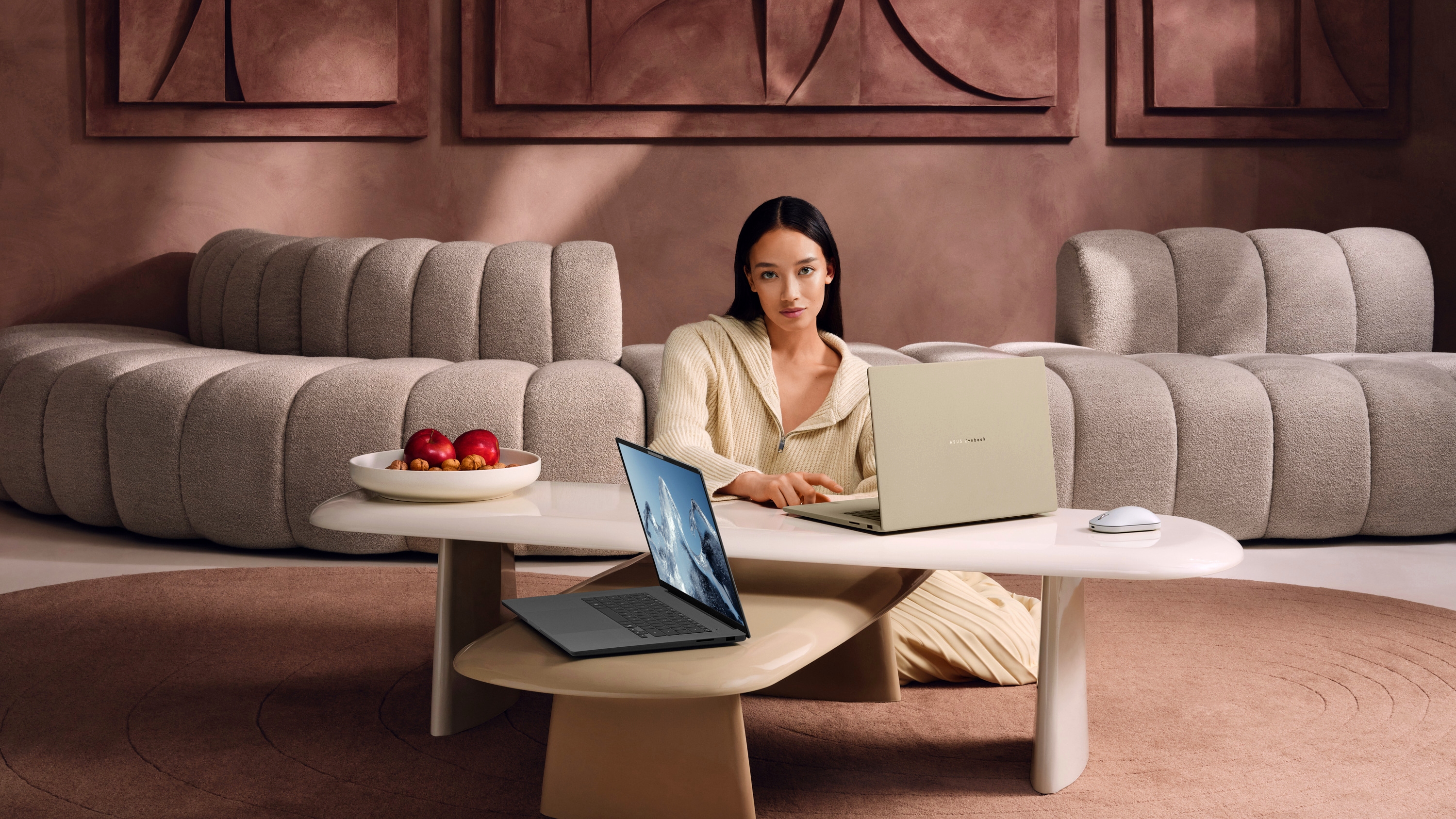Survey says 50% of Americans are interested in foldable phones, while Samsung boasts about its future
Smartphones and devices with foldable screens are gaining popularity, but there is still a long way to go before more people buy one.

I began writing about dual-screen PCs right around when Senior Editor Zac Bowden broke the news about Microsoft's 'foldable mobile device with a focus on pen and digital ink' back in 2017. That foldable device reality is slowly but surely coming to life with — ironically — Samsung leading the charge and Microsoft way in the backseat.
Today, the South Korean firm wrote a blog post doubling down on foldables. Citing its own internal consumer study, Samsung noted, "Galaxy Z Fold2 has 96% user satisfaction, and nearly 9 in 10 say they would purchase a foldable phone again." The company remarked that it had lowered prices, offered its Z Premier support service, customer referrals, and more to drive user adoption of the nascent technology.
In another recent survey referred to by Samsung, YouGov asked 2,000 people about foldables, and precisely 50% were either 'very interested' or 'interested' in the tech.
Dual and foldable screen devices still have a long way to go to win over audiences, but interest is growing.
Samsung owners were even more excited (52%) and Apple iPhone users less so (47%), which is unsurprising. It turns out, if your brand does not make a foldable phone, you are less thrilled about owning one (once Apple "invents" folding screens for the world, we're sure that will change).
Indeed, a lot has been happening in this burgeoning market. Huawei now has its Mate X2 Pro and Xiaomi has Mi Mix Fold – both of which iterate off Samsung's Galaxy Z Fold2 design. Microsoft has its Surface Duo, which doesn't have a folding display, but it is dual-screen, and we're expecting an overhauled v2 design with modern smartphone features (better cameras, 5G, NFC, etc.) later this year.


However, the market also still has a long way to go. I haven't yet reviewed Lenovo's exciting ThinkPad X1 Fold mostly because Windows 10 is just a bad fit for the concept-defying device. I also think "defined real estate" with two screens is better than one that folds (the exception being the Galaxy Z Flip). Durability is still a concern, with 50% of people worried about things breaking, according to YouGov. So far, we have not seen many app optimizations for Android for either folding screens or dual. Pricing is also a significant factor, with 37% of Americans thinking the $1,000+ cost is too high, and companies need to do a better job convincing people the technology is not just a fad as 43% now believe.
But it is also evident that pushing the foldable form factor forward is still the goal for 2021 and beyond. Smartphone sales rebounded this quarter, but the industry is still looking for its next big thing, and all eyes are on foldables to reignite interest — and that is what is happening. Samsung Galaxy Fold3 and Z Flip 2 should drop sometime in July, Surface Duo v2 later this fall, and more are on the way.
All the latest news, reviews, and guides for Windows and Xbox diehards.
For more deep-dives into the tech, make sure to watch MrMobile's Into The Fold video series, which explores state of the art in foldables including what works, and what doesn't.

Daniel Rubino is the Editor-in-chief of Windows Central. He is also the head reviewer, podcast co-host, and analyst. He has been covering Microsoft since 2007 when this site was called WMExperts (and later Windows Phone Central). His interests include Windows, laptops, next-gen computing, and wearable tech. He has reviewed laptops for over 10 years and is particularly fond of 2-in-1 convertibles, Arm64 processors, new form factors, and thin-and-light PCs. Before all this tech stuff, he worked on a Ph.D. in linguistics, performed polysomnographs in NYC, and was a motion-picture operator for 17 years.
